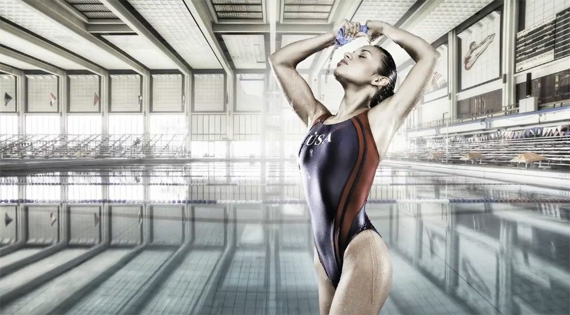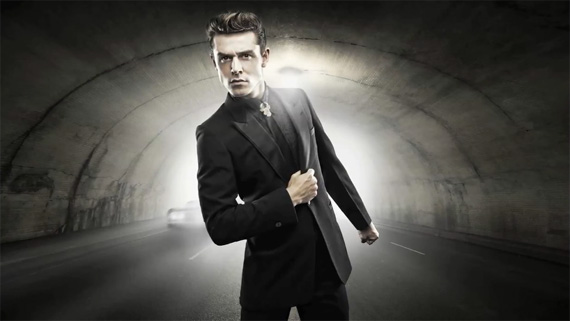The look of composite photography is unmistakable. The HDR images are crisp, detailed, and have expansive color ranges. As more and more photographers begin to move to specialty areas of HDR, we are introduced to an individual that has already fully embraced the technology. Joel Grimes has established himself as expert in the field of composite photography and is here to show us the process he uses when creating his works of art. The video is somewhat time consuming at 45 minutes long, but it’s full of helpful information and how-tos. It’s actually pretty riveting stuff. Have a look here:
Now, before you head out to take your own HDR photographs, here are a few pointers to keep in mind.
- Bracket your photographs 5 times, 1 stop in between each frame. That will give you two stops over, two stops under, and the median.
- When shooting the subject and background independently, shoot the background either straight on or at a 45 degree angle. Use your eye to decide which will work best. Remember, you are trying to create a line that draws the viewers eye to the subject.
- Also, don’t start the color mapping process until the background and subject have been put together in Photoshop. This ensures even color mapping across the finished product.
- Always shoot at f/8 or f/9. As Grimes says, 2-3 stops from wide open is always a lens’s best setting.
- Never use the auto white balance feature. Use daylight balancing instead, even when shooting indoors. The problem with auto is that it can confuse shades of white found in the surroundings with what you are trying to actually balance.
- Utilize all the powerful image processing software available. A standout is Nik Softwares HDR Efex.
As Grimes said, get started with what you have. Don’t break the bank on expensive equipment. Hit the streets and start finding customers. Work hard and the gigs eventually come. And hopefully shortly thereafter you might be able to land an ad campaign, magazine cover, or even a coffee table book. Everyone has to start somewhere and find their niche.
Try the Leading HDR Photography Software:
Photomatix is the software of choice for most professional HDR photographers. Create high dynamic range photos with the look you want, from realistic to creative, using one-click presets and a large range of settings. Includes alignment of hand-held shots, powerful ghost removal tools, batch processing and more: Try Photomatix HDR on Your Photos
Like This Article?
Don't Miss The Next One!
Join over 100,000 photographers of all experience levels who receive our free photography tips and articles to stay current:









Does anyone know what the tilting bracket is that Joel has on the camera and tripod head during the portrait shooting?
Joel Grimes’ work is inspiring, composite creativity is boundless! HDR texture has so much appeal.
I have been following Joel Grimes and his technique for a while now. He is amazing. If you try and learn HDR from a book it seems in possible, then you watch one of Joel Grimes’s videos. He seems to simplify the process. Thanks for this video, I’ll be following Joel Grimes’s work for a long time to come.
Thanks for the interesting video. Really inspiring!
(A pity the sound is so bad. As a foreign watcher it is not so easy to understand anyway. The voice is sometimes hard to get and the music is often too dominant.)
BTW: Take a look at this portfolio if interested in charater portraiture: http://www.daedalus-v.de/english
I love the HDR effect when it’s done well and used subtlely.
Unfortunately lots of people over-cook their images so the HDR treatment becomes a distraction rather than an enhancement.